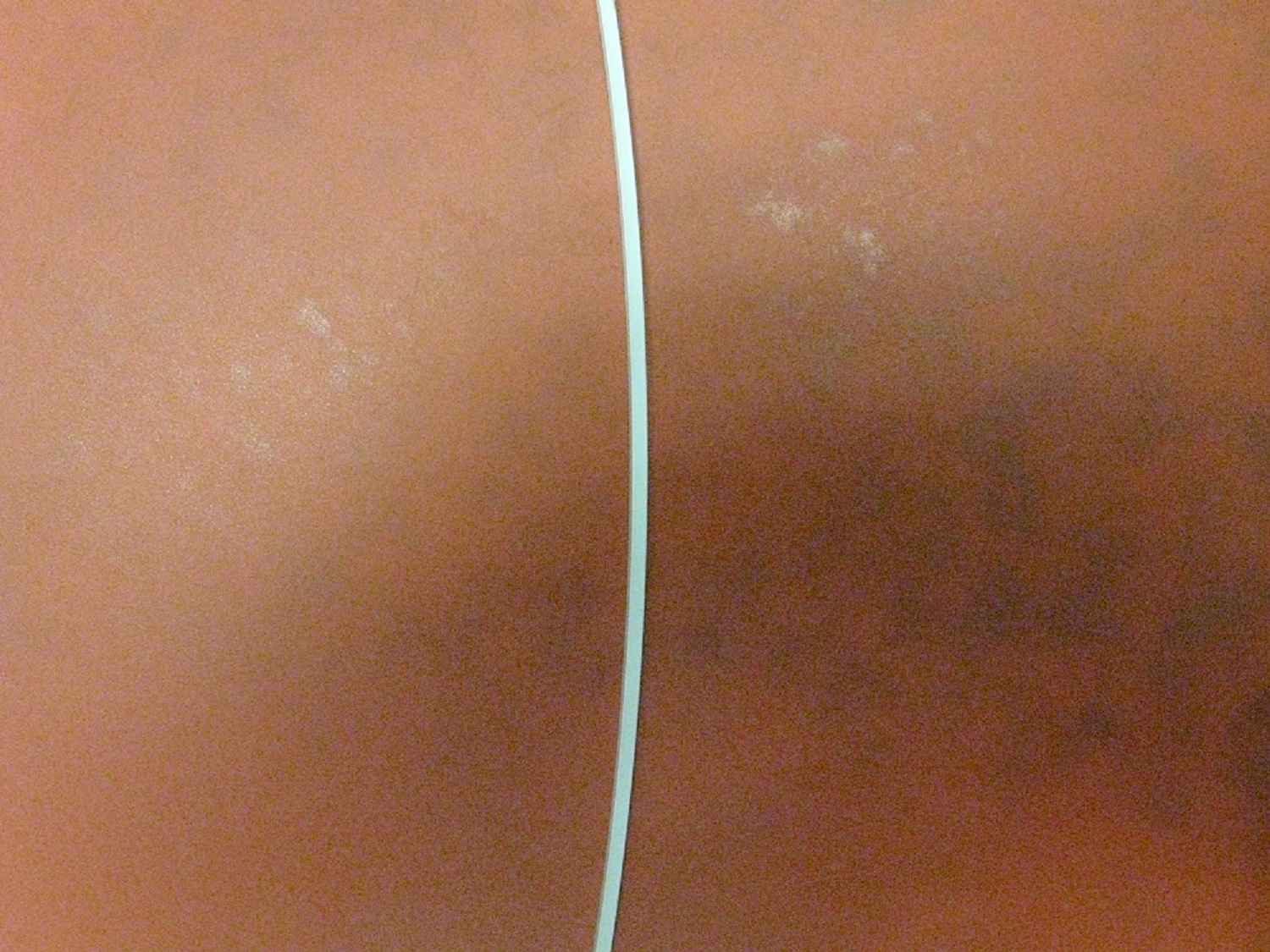Difference between revisions of "Fiber Painting"
| Line 11: | Line 11: | ||
*[https://drive.google.com/folderview?id=0B4wCyytpeOAgY3RsZi1KS1BJdUU&usp=sharing July 24-25] | *[https://drive.google.com/folderview?id=0B4wCyytpeOAgY3RsZi1KS1BJdUU&usp=sharing July 24-25] | ||
| − | [[File:Painted_Scintillating_Fiber.jpeg|frame| | + | [[File:Painted_Scintillating_Fiber.jpeg|frame|none| Measurements indicated that the paint thickness on this scintillating fiber was between 10 and 13 microns.]] |
==Procedure for Painting== | ==Procedure for Painting== | ||
Revision as of 20:52, 26 July 2013
Fiber Measurements
The paint thickness on the fibers should be between 10 and 20 microns. It takes practice to achieve a consistently good layer, as the measurements from several tests show.
Fiber Pictures
Procedure for Painting
Wear gloves and hold the fiber in one hand while spraying on the paint with the other. It is best to paint while sitting down at the painting station rather than holding the fiber and brush at waist level. If your eyes are lined up with the paintbrush you will be able to see where the paint stream is going. Spray a little, then pause and look at the fiber. If it appears speckled with clear points (when painting a waveguide), or green points (when painting a scintillating fiber), it needs more paint. If the paint layer is covering the intended area, it still may be too thin. If you can see through it too much, it needs more paint. The paint does not have to be completely opaque, but you should have to look hard to see anything other than white.
To paint a long fiber, paint one short section at a time, starting at one end and working your way to the other.
